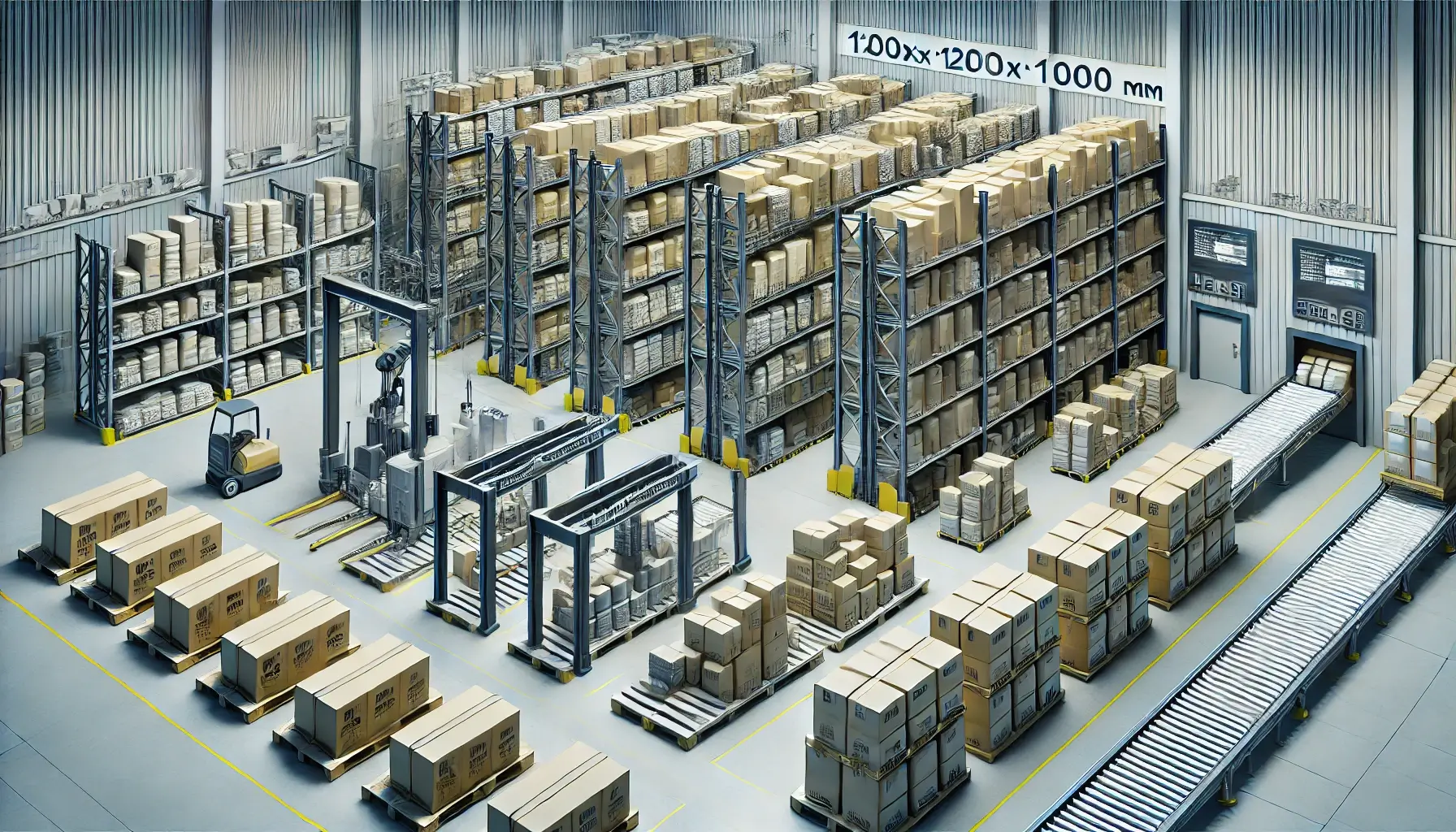Formation and Types of Cargo Units


Formation and Types of Cargo Units
In logistics, a cargo unit is any quantity of goods that is assembled, loaded, transported, unloaded, and stored as a single mass.
Such consolidation is highly convenient in logistics as it simplifies and streamlines cargo handling processes at different stages. Ultimately, this leads to time, resource, and cost savings in transportation.
Types of Cargo Units
Cargo units are assembled from order item units and can be of two types:
- Primary cargo – individual boxes, barrels, bags, or crates.
- Consolidated cargo units – a set of multiple primary cargo items placed on a pallet.
For example, a primary cargo unit could be a box of chocolates. Several boxes stacked on one pallet would form a cargo unit.
Cargo Unit Dimensions
The benefits of using cargo units include:
- Increased safety and preservation of goods;
- Optimization of loading and unloading costs;
- Shipment of goods without the need for repackaging.
Additionally, cargo units follow a standardized system for transport packaging dimensions. Standard pallet sizes are 1200×1000 mm or 1200×800 mm. The pallet surface is divided into 5 or 4 sections – these are standard modules. This standardization makes transport loading calculations easier and more efficient, optimizing truck capacity, profitability, and road stability.
Formation of Cargo Units
Cargo units are typically formed at the order assembly stage. It is important that each box, barrel, or bag within the cargo unit has its own labeling. This significantly simplifies the identification of goods during unloading, especially if the cargo unit consists of multiple product types.
Using a warehouse management system (WMS) can greatly simplify the formation of cargo units. These systems automatically assemble pallets and transfer information to the unloading area, saving significant time.
The process of cargo unit formation can be optimized in several ways, including:
- Using various types of packaging;
- Automatic weight measurement and packaging selection;
- Packing with radio terminals during order picking.

